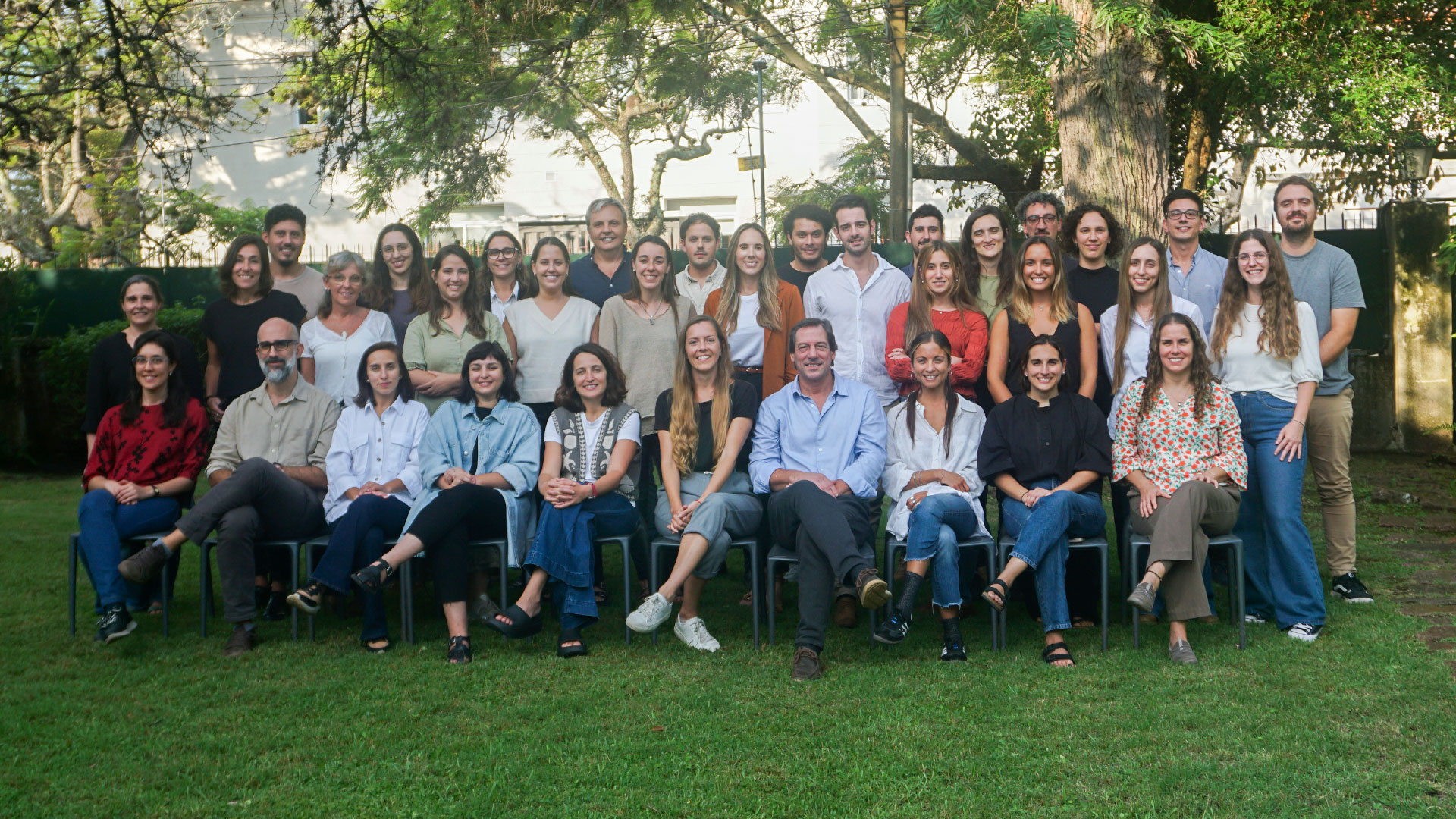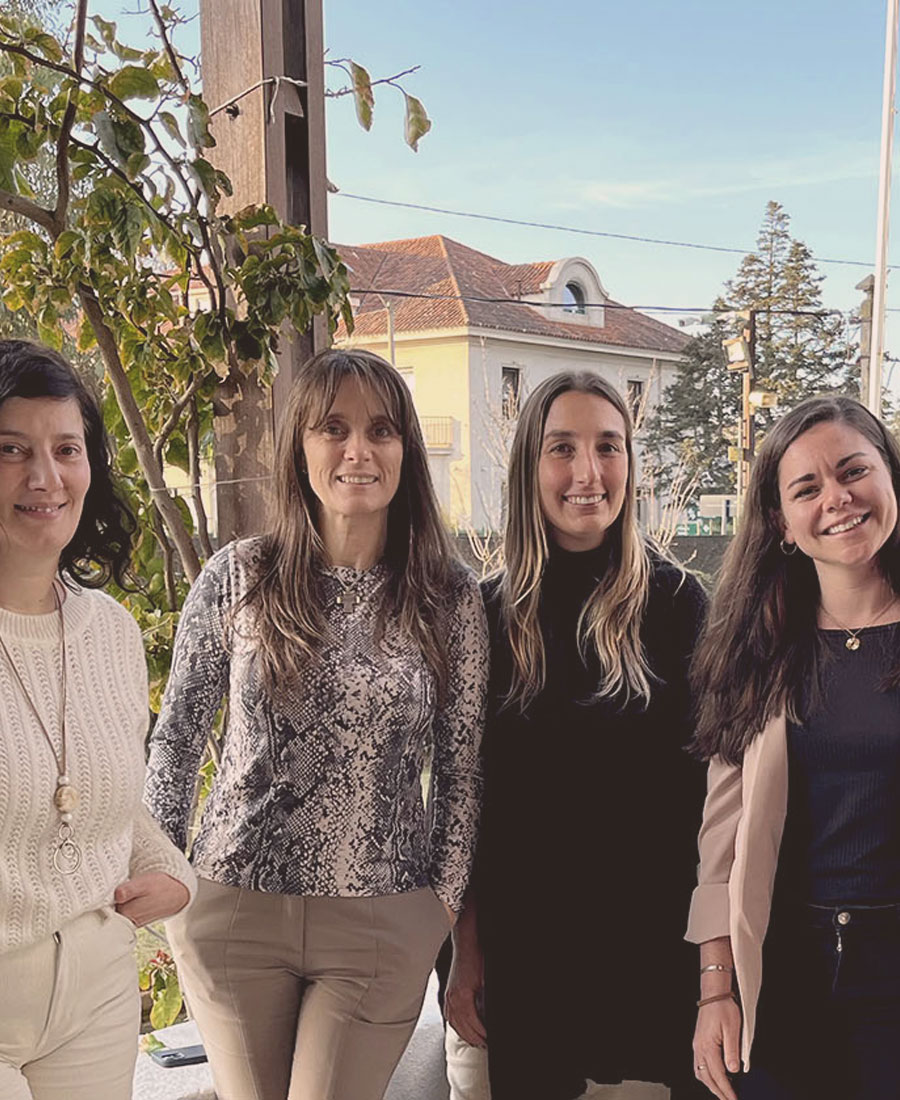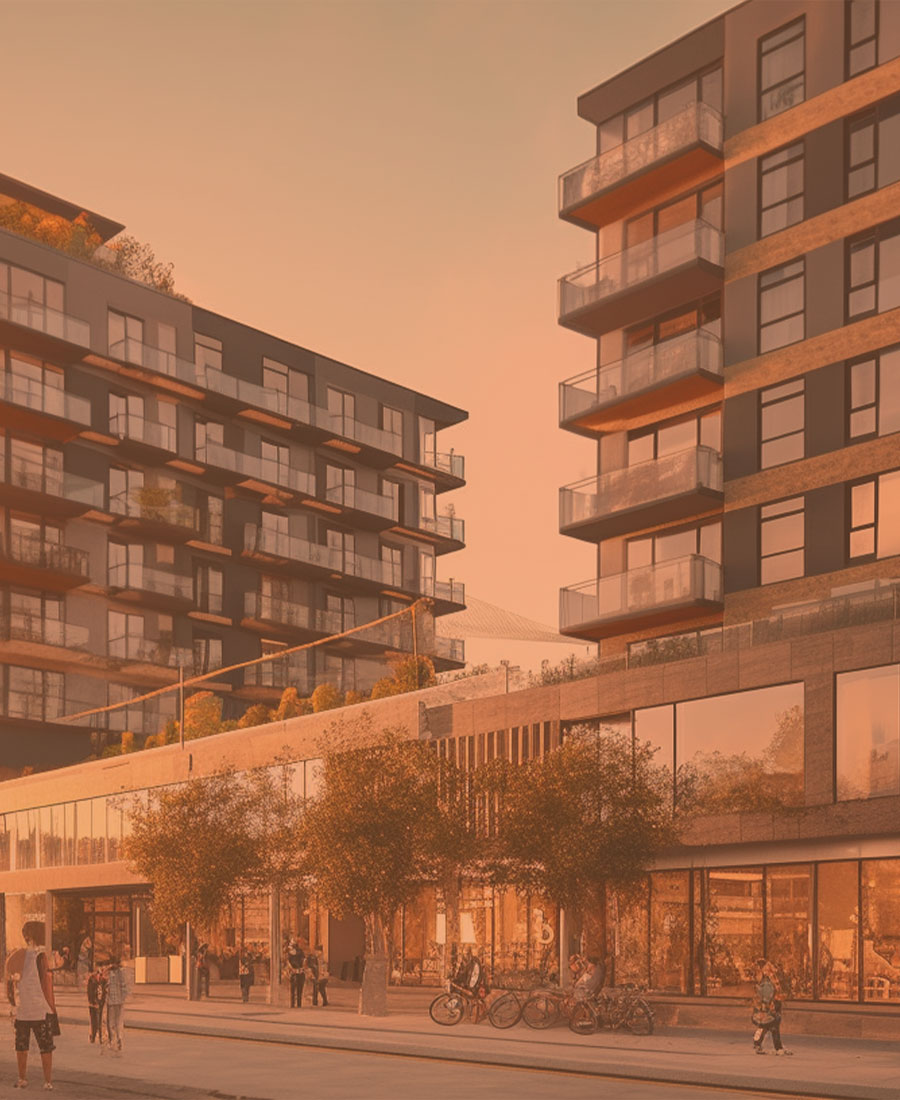Who We Are: Executive Project
Publication date: July 2024.
The Executive Project area is crucial in the architectural design process. During this stage, initial project ideas are refined, perfected, and clarified, transforming them into detailed and coherent plans ready for implementation. This work is vital in turning concepts into tangible realities, solving design challenges, and optimizing the use of materials and technologies.

Reading Time: 5 minutes
At Gómez Platero Architecture and Urbanism, the Executive Project area also serves as a bridge between the Preliminary Project area and Construction Management, acting as the second link in the architectural production process. Its primary role is to generate the project's technical documentation, integrating design, technology, techniques, and engineering to create comprehensive documentation that advances the project to the construction phase.
Materializing Visions
The Executive Project team's original structure undergoes periodic reviews to reflect the dynamic nature of technology and the market, necessitating constant adaptation to new challenges and requirements. Currently, the area comprises five teams, each led by a team leader and consisting of project leaders, collaborating architects, and support teams designed to expand or contract based on project needs. Each executive project team has specific specializations. While promoting comprehensive training by involving all members in various tasks is encouraged, leveraging expertise from previous projects is essential.
This approach allows certain members to become specialists in specific areas, benefiting the firm, the client, and the project.
"These specializations are not only technical but also programmatic. An urban infrastructure project differs significantly from a residential, commercial, or geographically distinct project with unique regulations. We leverage these specializations within our teams, enabling us to adapt to each project's particularities," says Álvaro Sorrondegui, Director of the Executive Project area.
The firm's ability to maintain teams that understand clients' specific needs has forged strong bonds and retained clients for multiple projects.
"The classic process is linear: the team takes a preliminary project, adjusts or completes it, and then develops a basic project that integrates the necessary engineering, reaching a level that allows for sharing with the client and making important decisions. Subsequently, the development continues until complete and coordinated documentation is obtained, adhering to the established timelines," explains Sorrondegui.
Flexibility in Deadlines without Compromising Quality
While the main goal in the Preliminary Project area is to surprise the client with a proposal that exceeds expectations, the challenge in the Executive Project area is to "avoid surprises," delivering a complete, coordinated architectural product without unforeseen issues within the approved costs and timelines.
Ensuring the final product's quality requires adequate time and human resources. In projects with tighter schedules, alternatives are developed to allow for early decisions and combining early construction stages with the completion of the executive project.
This coordination saves time in the overall process, avoiding the need to finalize the executive project before bidding for construction. The management team collaborates with the Executive Project team to release partial documentary packages, enabling simultaneous progress in construction and design. Another strategy is conducting an early bid with a basic project and a report, securing a budget with a construction company from an early stage. This allows selecting the construction company that will maintain the agreed price while working as a team to develop the executive project, ensuring qualities and characteristics within the established budget.
The Executive Project as a Living Process
The Executive Project is a dynamic process where changes are a constant. These changes, easier to manage in the early stages of the project, become more complex as the project or construction progresses. However, adjustments often respond to market evolution and new opportunities detected during project development. "Changes are part of our work. Our clients analyze the market, react to it, and may feel the need to incorporate changes that reflect those trends. One of the most satisfying experiences is when we go beyond the requirements in that pursuit, presenting innovative solutions that again exceed the client's expectations," states Sorrondegui.
The firm's ability to adapt to client needs and react to market changes is a distinctive feature of its service. This approach ensures that changes are not seen as inconveniences but as opportunities to improve and enrich the final project. "The best feedback we receive is the satisfaction of our clients who, based on previous experiences and the final product delivered, systematically choose us for their subsequent projects," concludes Sorrondegui.



